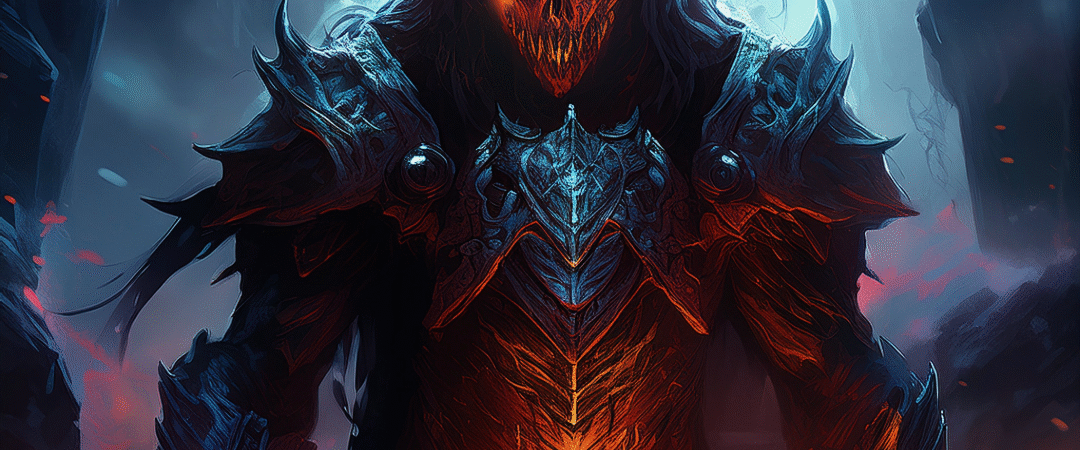The gates of hell have opened once again, and with them, the return of one of gaming’s most storied franchises: Diablo. After a decade since Diablo 3‘s initial release, Diablo 4 arrives with the ambition of blending the dark, gothic horror of Diablo 2 with the modern, fluid action RPG gameplay that the series is now known for. Has Blizzard succeeded in recapturing the magic, or is this another journey into the abyss?
The Return to Darkness
From the moment you step into the world of Sanctuary, the tone is palpably different. Gone are the brightly lit, almost cartoonish landscapes that sometimes plagued Diablo 3. Diablo 4 embraces a truly grim, bleak, and macabre aesthetic. The world is a desolate, snow-swept, and mud-caked canvas where death and despair are the default settings. This commitment to a truly gothic-horror atmosphere is perhaps the game’s greatest visual strength.
The story centers on the re-emergence of Lilith, the Daughter of Hatred and one of Sanctuary’s co-creators. Her introduction is nothing short of spectacular, and the cinematic quality throughout the campaign is a massive step up for the series. The narrative is engaging, featuring great voice acting and genuinely unsettling lore moments, pulling you through a diverse set of regions and dungeons. While the core quest is compelling, it’s the sheer number of side-stories and regional vignettes that truly flesh out the despair of Sanctuary’s inhabitants.
Gameplay: A Blended Experience
At its core, Diablo 4 is a classic ARPG. You select from five classes—Barbarian, Sorcerer, Rogue, Druid, and Necromancer—each feeling distinct and powerful. The combat is visceral and satisfying, with weighty hits, spectacular spell effects, and buckets of blood. Killing demons has never felt quite this good.
However, the game makes a distinct effort to marry the fast-paced, action-oriented combat of D3 with a more methodical, build-focused approach closer to D2.
- Skill Tree: The new, expansive Skill Tree allows for greater specialization and build diversity. While the power fantasy is there from the start, the complexity and true customization deepen significantly as you progress, especially when you hit the endgame.
- Itemization: The loot hunt is back, but it’s a bit of a mixed bag. Legendary Items and Unique Items are crucial, offering game-changing powers that can define your build. The new Aspect system—which allows you to extract Legendary powers and imprint them onto other gear—is a fantastic addition that gives players more control over their destiny. However, the sheer volume of “junk” rare items with confusing or marginally useful stats can make inventory management tedious.
The World and Endgame
One of the biggest changes is the move to a fully open world. Sanctuary is now a massive, seamless map filled with strongholds to conquer, world events to participate in, and hundreds of dungeons to explore. The shared-world aspect means you’ll occasionally run into other players, particularly during World Boss events, which are epic, large-scale battles requiring teamwork.
Once the main campaign is finished, the endgame truly begins, and this is where the game will live or die for dedicated players. It includes:
- Nightmare Dungeons: Difficult, tiered versions of regular dungeons with challenging modifiers.
- Helltides: Time-limited, high-difficulty zones where powerful enemies drop special currency for high-tier loot.
- The Tree of Whispers: A bounty system that provides a steady stream of gear and materials.
The endgame is solid and provides a clear path for character progression and item optimization. It successfully reintroduces the “grind” factor without making it feel immediately overwhelming.
Final Verdict
Diablo 4 is an unqualified success in setting the right tone. It delivers a gorgeous, horrific world and a compelling campaign that is easily the best the series has seen in years. The combat is addictive, and the ability to play with friends, tackle world bosses, and engage in the optional PvP zone (Fields of Hatred) adds a welcome dimension.
While the itemization and inventory management still need refinement, and the truly massive grind can be felt once you hit the higher tiers, this is the Diablo game that fans have been waiting for. It respects the franchise’s dark roots while embracing modern gameplay sensibilities.
If you are looking for a dark, satisfying, and endlessly engaging action RPG to sink hundreds of hours into, you need look no further. Lilith is calling, and you should answer.
Score: 9/10
